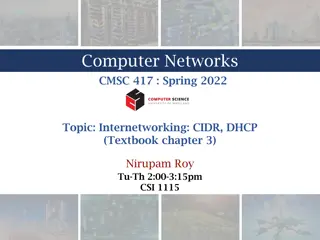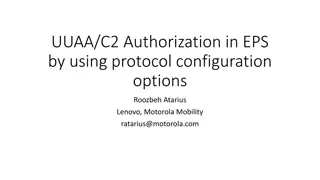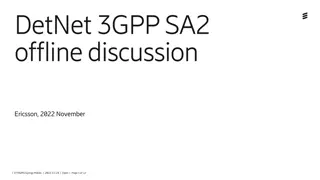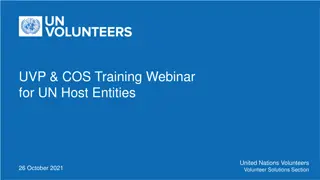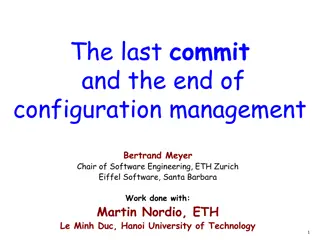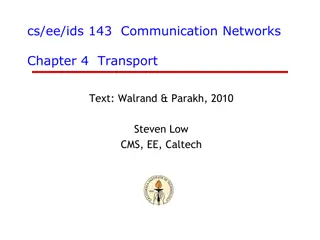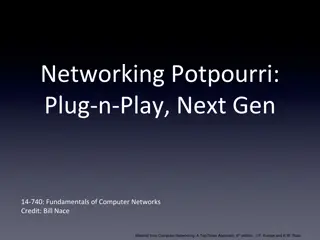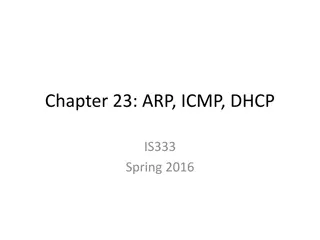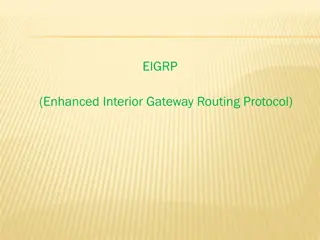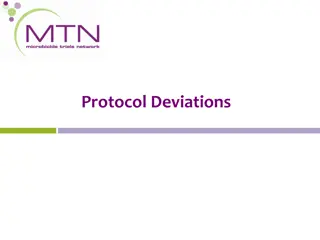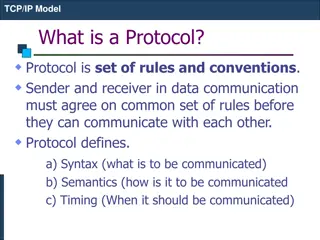Dynamic Host Configuration Protocol (DHCP)
Every device connecting to a network requires a unique IP address. Learn how DHCP simplifies IP address assignment and management in a local network, including address request and renewal processes. Explore DHCP configurations and options for efficient network administration.
Download Presentation

Please find below an Image/Link to download the presentation.
The content on the website is provided AS IS for your information and personal use only. It may not be sold, licensed, or shared on other websites without obtaining consent from the author.If you encounter any issues during the download, it is possible that the publisher has removed the file from their server.
You are allowed to download the files provided on this website for personal or commercial use, subject to the condition that they are used lawfully. All files are the property of their respective owners.
The content on the website is provided AS IS for your information and personal use only. It may not be sold, licensed, or shared on other websites without obtaining consent from the author.
E N D
Presentation Transcript
Every device that connects to a network needs a unique IP address. Network administrators assign static IP addresses to routers, servers, printers, and other network devices whose locations (physical and logical) are not likely to change. These are usually devices that provide services to users and devices on the network; therefore, the addresses assigned to them should remain constant
Introducing a Dynamic Host Configuration Protocol (DHCP) server to the local network simplifies IP address assignment to both desktop and mobile devices. Using a centralized DHCP server enables organizations to administer all dynamic IP address assignments from a single server. This practice makes IP address management more effective and ensures consistency across the organization, including branch offices.
DHCP Configurations & Options 1. Define a Pool Name 2. Exclude addresses if you have to 3. Configure the network 4. Give it a domain name(optional) 5. Give it a DNS Server (optional) 6. If you have voice devices, redirect clients to TFTP server for config. files.
Router>en Router#conf t Router(config)# ip dhcp pool <Name> Router(config)# ip dhcp excluded-address <xxx.xxx.xxx.xxx yyy.yyy.yyy.yyy Router(config)#ip dhcp excluded-address 192.168.1.1 192.168.1.10 Router(dhcp-config)#network 192.168.1.0 255.255.255.0 Router(dhcp-config)#default-router 192.168.1.1 Router(dhcp-config)#dns-server 192.168.1.2


